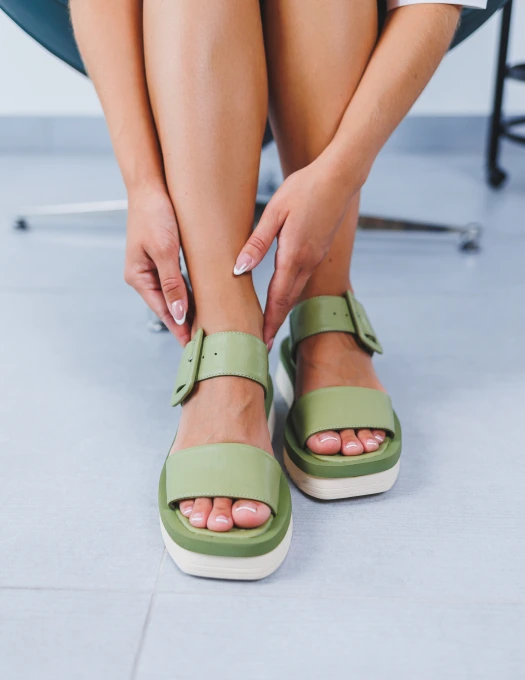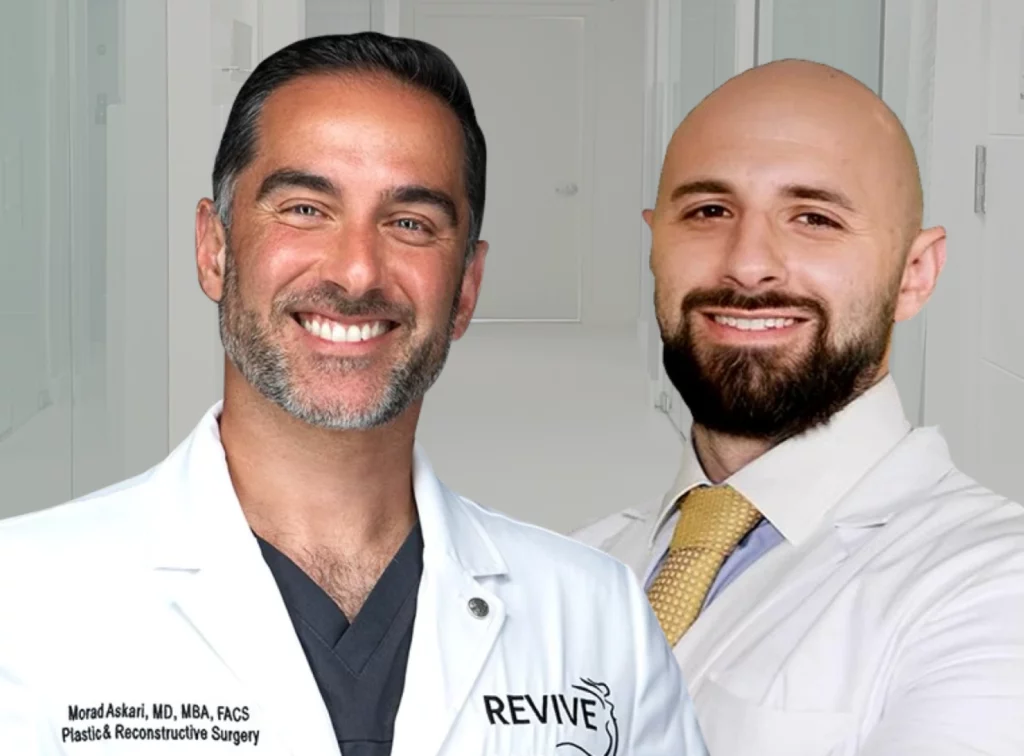Revive Hand & Foot Institute in Miami has established itself as a leading center for bunion surgery, offering advanced solutions for foot deformities. Our approach combines state-of-the-art techniques with comprehensive patient care for optimal outcomes. Dr. Ashot Oganesyan and Dr. Morad Askari bring their specialized expertise to each procedure, ensuring precise execution and attention to detail. Our minimally invasive methods reduce recovery times, improve cosmetic results, and maximize patient comfort.
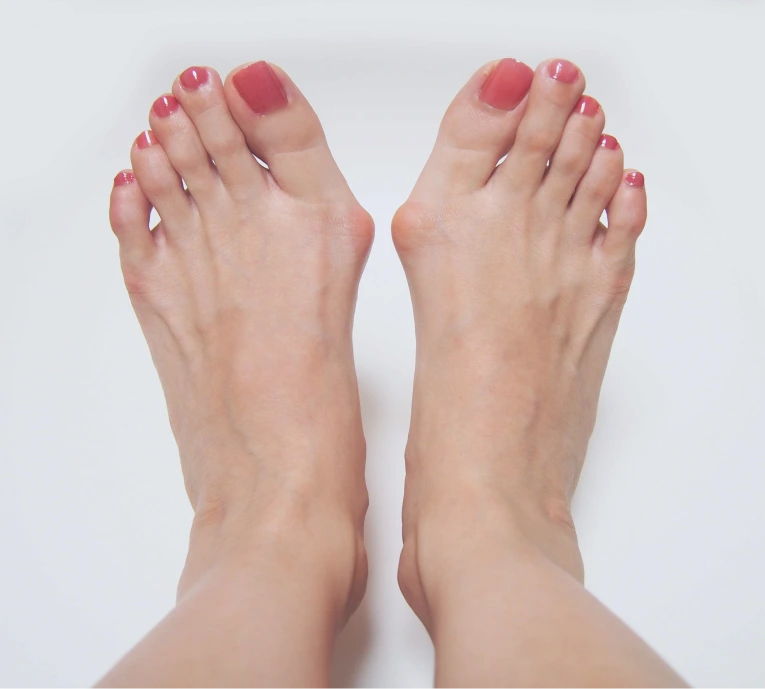
Consultation & Preparation for Bunion Surgery?
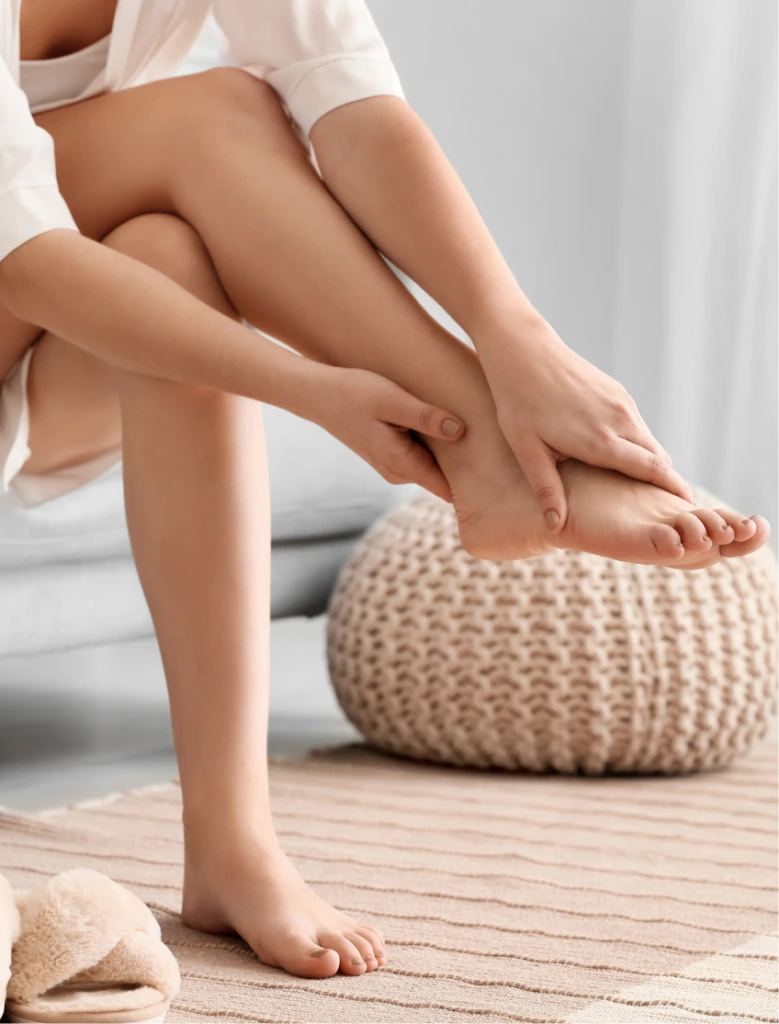
We highly recommend addressing bunions as soon as they emerge so that less invasive methods can be used. However, this condition can be corrected at any stage. The preparation begins with a comprehensive consultation with Dr. Oganesyan. During this initial meeting, he evaluates the severity of the bunion, reviews the patient’s medical history, and discusses various surgical options. X-rays are typically taken to assess bone structure and determine the most appropriate technique.
After having their bunions diagnosed, patients may need to undergo routine blood tests and a physical examination to ensure they are healthy enough for surgery. Medications, particularly blood thinners, may need to be adjusted or temporarily discontinued. Patients should arrange for post-operative transportation and assistance at home, as their movements will be limited after the procedure. Preparing the home environment by removing trip hazards and setting up a recovery area with essential items within easy reach is also crucial. Purchases of the necessary medical equipment, such as crutches or surgical boots, should be done before the operation date.
Dr. Oganesyan may use local or general anesthesia to ensure the patient feels no pain during surgery. The first option numbs the foot, while the second may be selected for more complex cases.
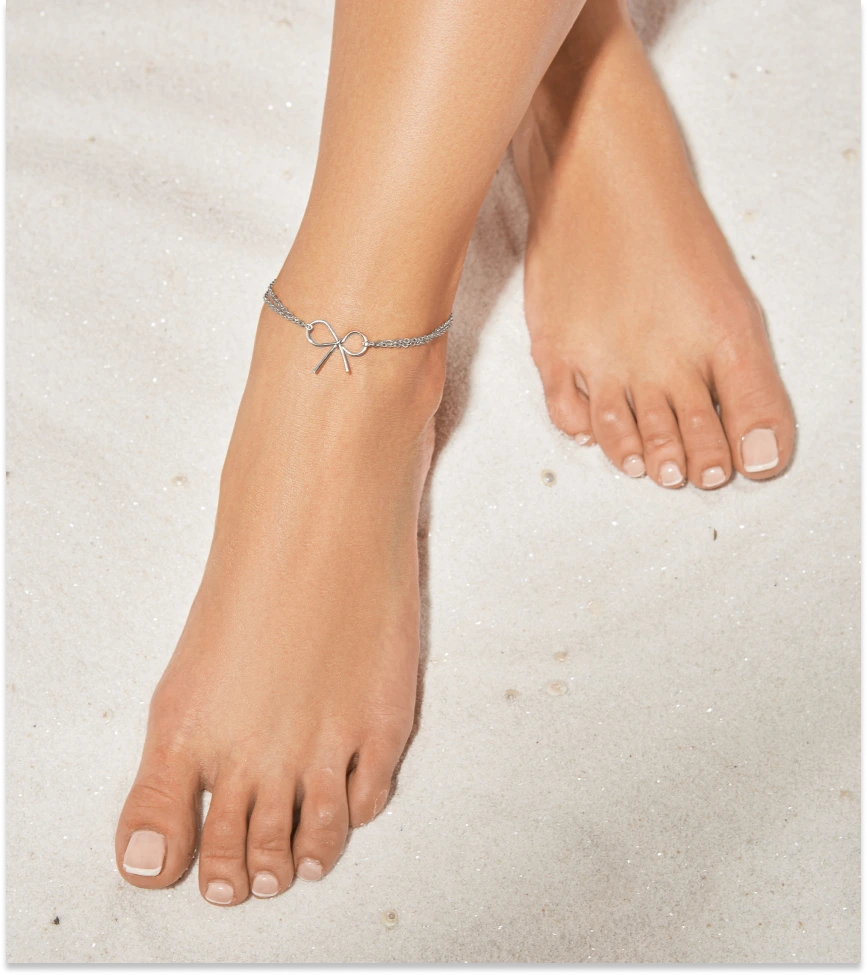
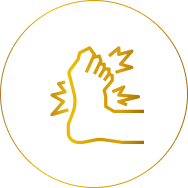
People with persistent pain that interferes with walking or other activities
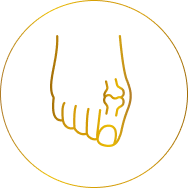
Those with severe toe misalignment or visible deformity
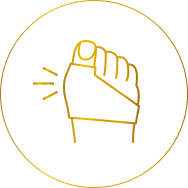
Individuals whose symptoms do not improve with conservative treatments like orthotics or footwear changes
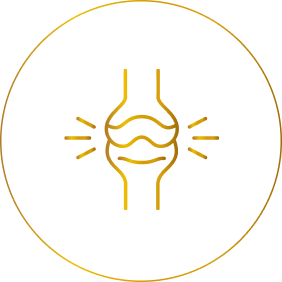
Patients with chronic swelling or inflammation
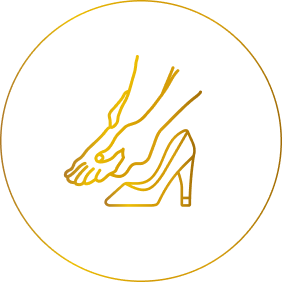
Those experiencing difficulty wearing shoes due to the size or shape of the bunion
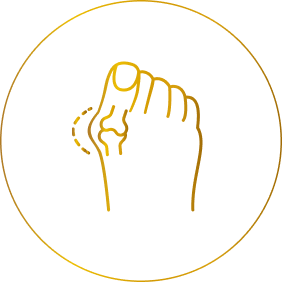
Individuals whose bunions are progressively worsening over time
